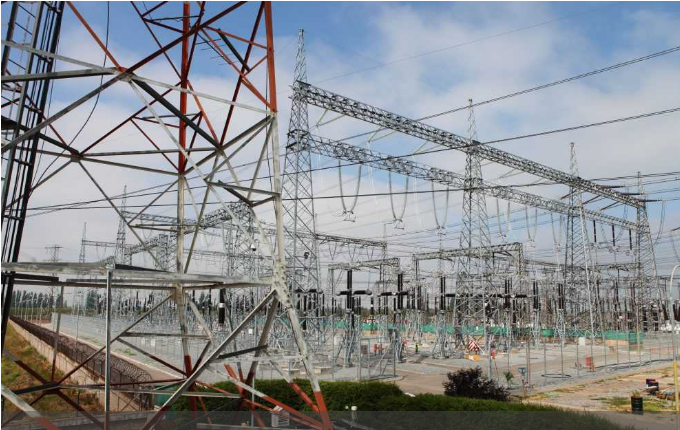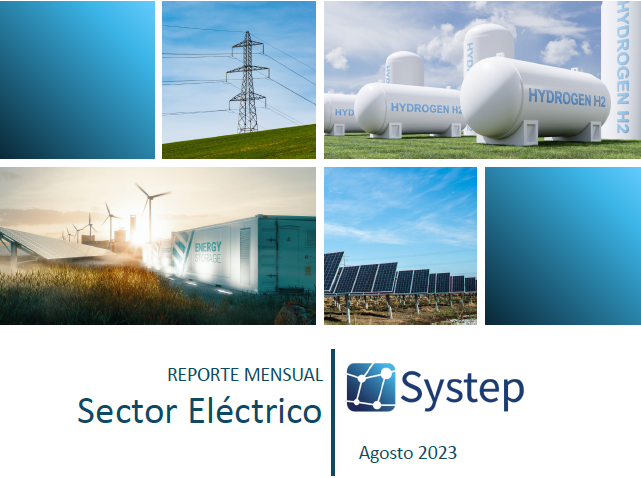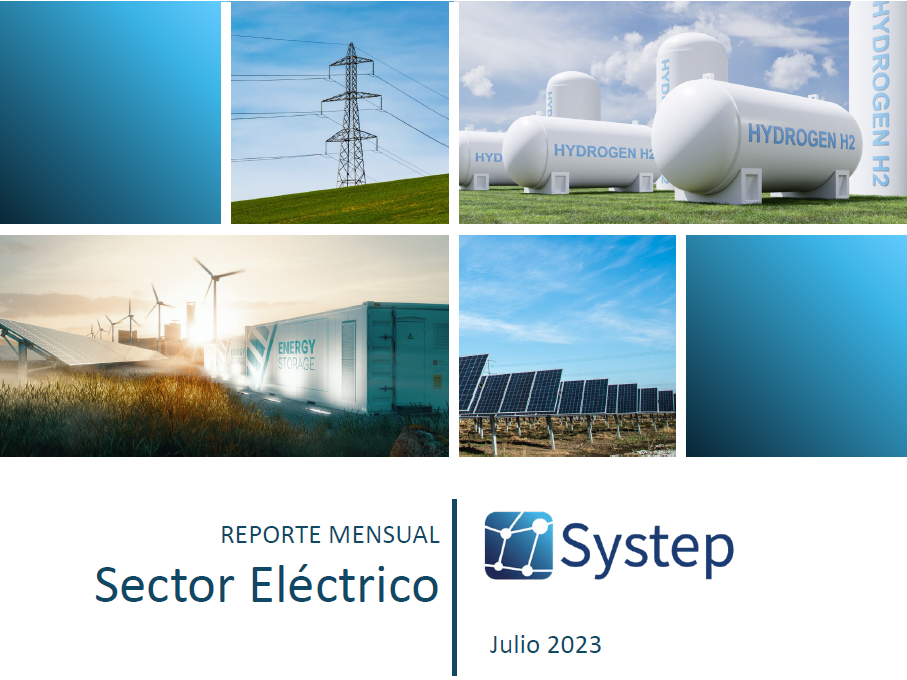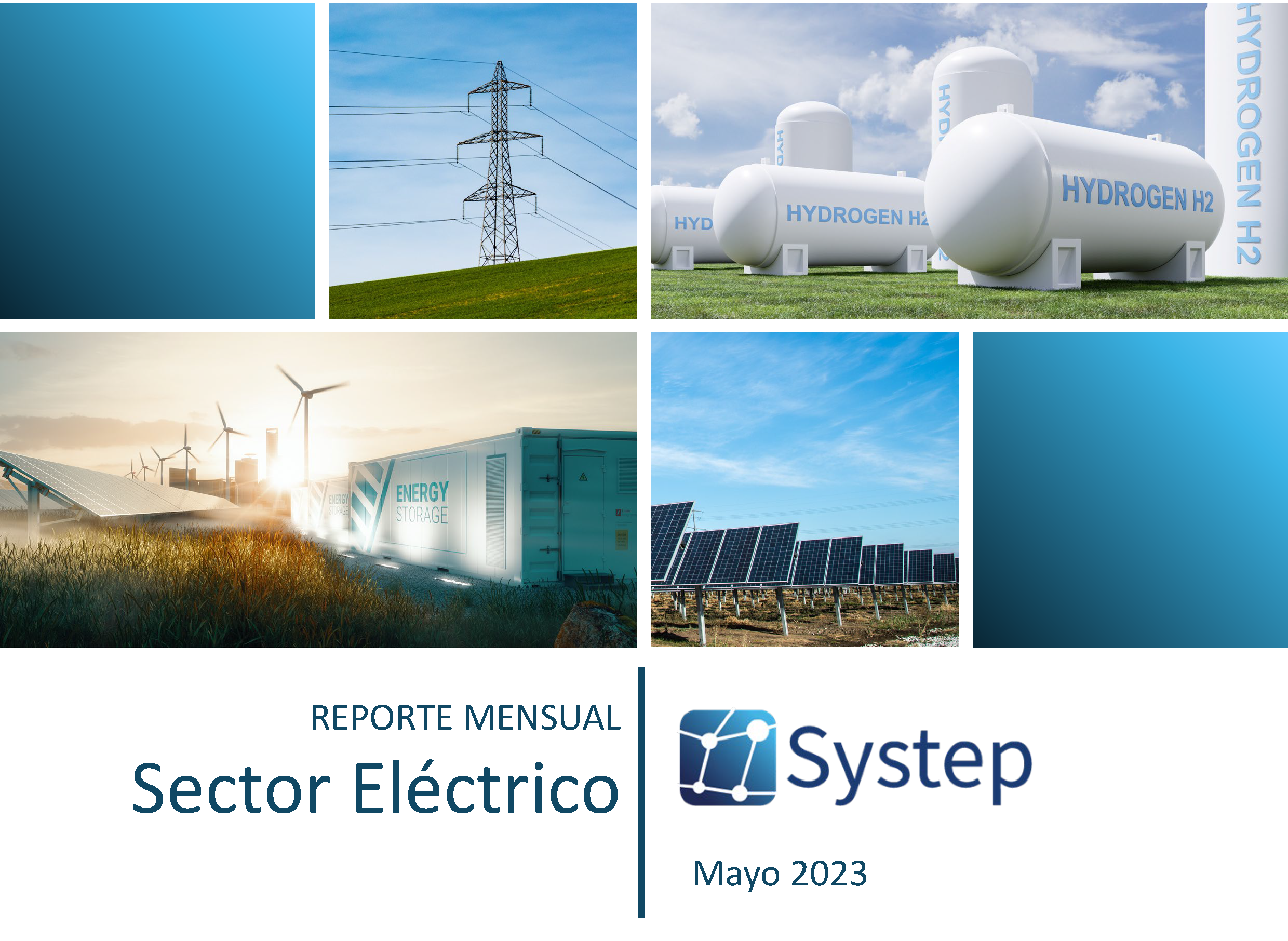
Source: Electricidad Magazine
The consultant’s last report of the year mentions advances in green hydrogen and in the HVDC Kimal-Lo Aguirre transmission project, in addition to the drop in prices during the last bidding process for supply to regulated customers, among others.
Eight are the main milestones for 2021 that were identified by Systep Ingeniería in the electricity sector, as announced in its latest monthly report, which also pose challenges to be considered during the coming year, both in generation and in transmission and distribution.
According to the consultant’s document, the first milestone this year has been the record low prices in the 2021/01 tender for supply to regulated customers: “The low price level achieved shows a real milestone since the tendering scheme was set up in 2005. Again, most of the awarded bids are supported by new photovoltaic and wind projects. This renewable development needs to be complemented with additional capacity to provide system flexibility and manageable energy, a challenge that is not exclusive to regulated customers, but to all electricity market participants”.
It also mentions the imminent depletion of the PEC stabilization fund: “According to figures published by the CNE, the limit should be reached by mid-2022, which would lead to a rise in energy prices for the second half of next year. As for the next steps, the authority will have to define whether it proposes a new stabilization mechanism, which will have the difficult challenge of maintaining the payment chain, recovering accumulated balances and, at the same time, protecting both vulnerable customers and new generation projects”.
Another sectorial event is the delays in distribution and transmission tariff processes: “The respective Decrees are expected to enter into force during 2022, which will have an impact on electricity tariffs. Both studies present relevant modifications with respect to previous processes. On the one hand, the current transmission valuation process is the first study under the new Transmission Law and has an after-tax rate of 7%. In addition, the results to date show a decrease in the valuation of these assets. With respect to the VAD process, this is the first process that incorporates the changes introduced by the Short Distribution Law such as the new interest rate (6% after tax), the elimination of the study performed by the companies and the definition of a greater number of typical areas”.
In addition, there is the tightness of generation in the National Electric System: “On the other hand, the monthly security of supply study published by CEN estimates that under conditions of low hydraulic availability (hydrology 1968-1969), in the months of June and July 2022, the rate of diesel consumption could exceed three times the maximum replacement capacity of such fuel, which would compromise the security of supply of the SEN. Therefore, the CEN will have to promote measures to ensure the adequate operation of the electricity system”.
The possible extension of the Basic Services Law is another milestone pointed out by Systep: “As the term of the Basic Services Law is about to expire, on December 22 a bill was approved by the Chamber of Deputies to extend its term for another year; however, following indications submitted by members of parliament, this bill will have to return to the Economy Commission. On the other hand, the government is proposing a bill that promotes ending the debt through a tripartite system, in which debtors, companies and the Executive Branch itself would participate. The reality is that the debt will have to be paid eventually, therefore, it is important to promote measures in the short and medium term so that consumers in arrears can adequately settle their accounts”.
The sixth relevant fact for the sector is the advances in Green Hydrogen: “As a result of the National Green Hydrogen Strategy, to date the Magallanes Region already has 4 green hydrogen projects, where among the main ones are “Haru Oni” of HIF, “NH Energy” of Austria Energy and “H2 Magallanes” of Total Eren; the first one already started its works in September this year, contemplates an investment of US$51 million dollars and plans to produce 350 tons of methanol and 130,000 liters of eFuel by the end of 2022.The first one has already started its works in September this year, contemplates an investment of US$51 million dollars and plans to produce 350 tons of methanol and 130,000 liters of eFuel by the end of 2022; on the other hand, the rest of the projects are still in preliminary stages of development”.
In the consultant’s opinion, there is also the successful bidding process for the HVDC Kimal – Lo Aguirre line: “The bidding process for the execution and operation rights of the HVDC Kimal – Lo Aguirre transmission line was successfully concluded with the award to the “Consorcio Yallique”, formed by the companies ISA Inversiones Chile SpA, Transelec Holdings Rentas Limitadas and China Southern Power Grid International (HK) Co. Limited. The proposal submitted contemplates an Annual Transmission Value per Tranche (VATT) of US$116.3 million, lower than the maximum value of offers (US$177 million)”.
Finally, there is the acceleration of the current decarbonization plan: Regarding this matter, two bills are being discussed in Congress, one that bans coal-fired power plants by the end of 2025 and another that bans the injection of electricity from fossil fuels into the National Electric System as of 2030. Several studies indicate that, in the current context, by 2025 the electricity system will not be ready to close all coal-fired power plants, let alone to do without fossil fuel-based generation by 2030. Therefore, legislators should place decarbonization in a time horizon that allows for the safe operation of the electricity system.”





